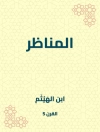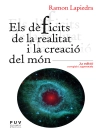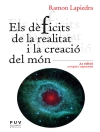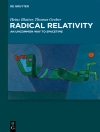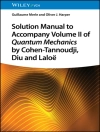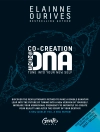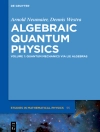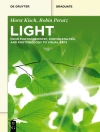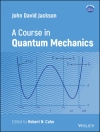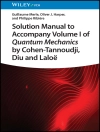This book aims to present the topic of nonlinear and chaotic dynamics in a manner that is useful and beneficial to students and young researchers from various domains such as physics, mathematics, biology, or even medicine.
A very important aspect of that topic is that the constraints of determinism do not imply a regular behavior or do not rely on predictability in describing the dynamics of natural systems. Exploring the evolution of natural systems has a great impact nowadays on a wide range of scientific domains.
The dynamics of populations, cardiac fibrillation, communication systems, fluid flow, and atmospheric systems are just a few topics in which nonlinearity and chaos are a regular manifestation. This leads to the idea that it is necessary to find universal laws that govern these dynamics. The aforementioned variety in scientific topics is also sustained by an exponential interest in recent decades from readers in the scientific community and the non-scientific one as well.
The book is devoted to the nonlinear and chaotic dynamics topic, a domain that is both trans- and multi-disciplinary and has been the focus of the scientific community in past decades.
Table des matières
From Small to Large Scales Through Dynamics Defined by Kepler Type Problems.- From Special to General Relativity Through Complex Potentials.- Geometrical and Physical Forms.- Motion on Spatial Multifractal Manifolds.- Motions on the Space-time Multifractal Manifolds.- Some Applications on Spatial Multifractal Manifolds.- Some Applications on Space-time Multifractal Manifolds.
A propos de l’auteur
Maricel Agop is a professor at Gheorghe Asachi Technical University of Iaşi in Romania. He is an international researcher with more than 30 years of experience in the field of theoretical physics, doing work that focuses on the topics of nonlinearity, chaos theory, quantum mechanics, and fractals. He received his Ph.D. in physics in 1983 at Alexandru Ioan Cuza University, Romania, and has published more than 365 papers in ISI-indexed journals, 12 books, and several book chapters. He has participated in national and international conferences and workshops. He is a corresponding member of the Romanian Academy of Science and Dr.h.c. of Vasile Alecsandri University of Bacău and is also an editorial board member of several scientific journals.
Stefan Andrei Irimiciuc is a scientific researcher at the National Institute for Lasers, Plasma, and Radiation Physics in Romania. The main part of his research work is focused on the fundamentals of plasma diagnostics coupled in the framework of laser-matter interactions and expanded toward understanding and controlling pulsed laser deposition. Parallel to the experimental work, he is one of the main developers of a multifractal hydrodynamic model implemented for complex transient phenomena analysis. He has published more than 60 ISI-indexed papers and has received 15 international prizes. He has co-authored 3 books and 4 book chapters and is currently a member of the reviewer board of several scientific journals.


